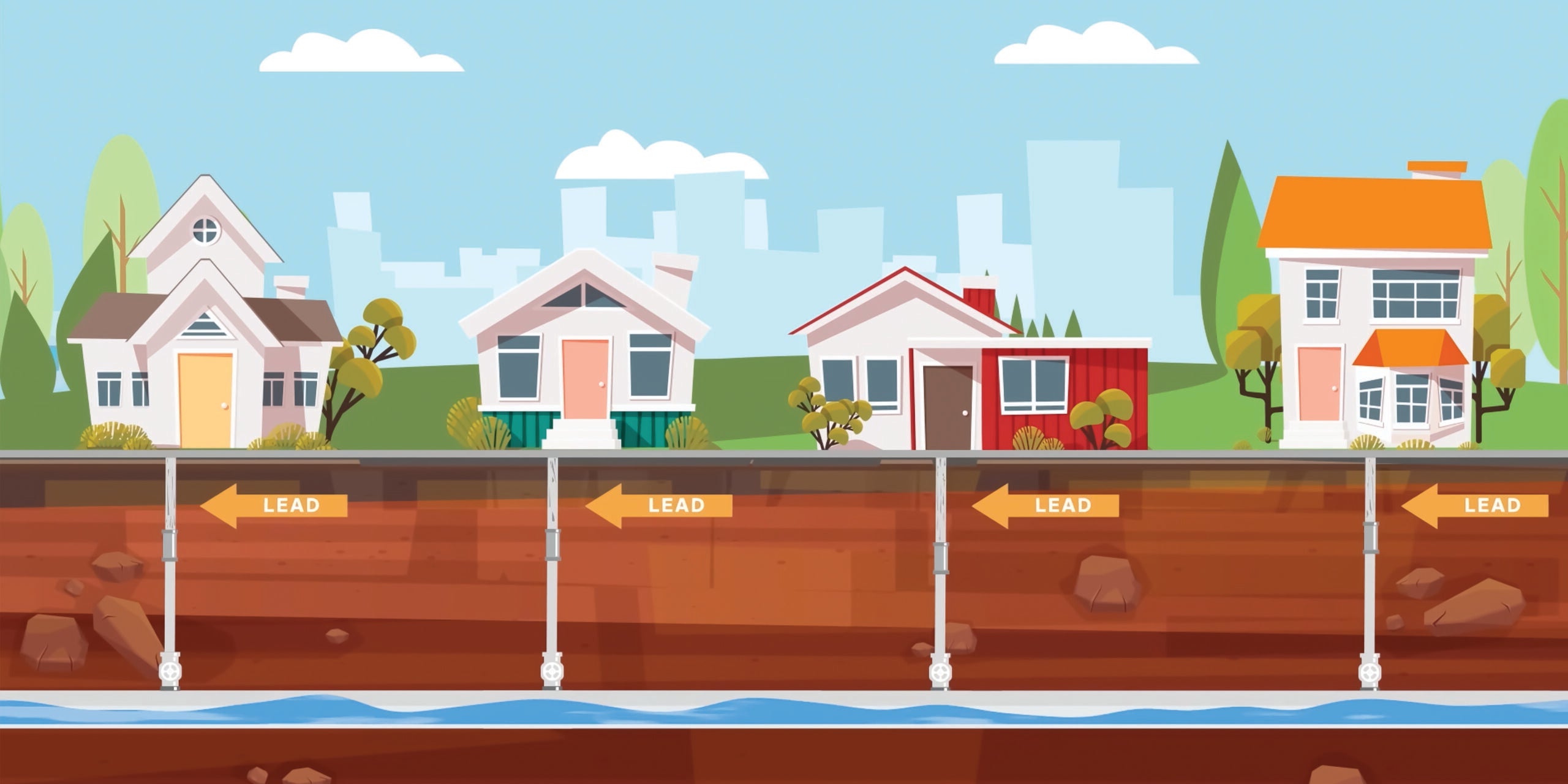Sarah Vogel, Ph.D., is Vice-President for Health.
If you missed last week’s Washington Post piece, “The EPA’s lead-in-water rule has been faulted for decades. Will Flint hasten a change?” we suggest you go back and take a look. Post reporter Brady Dennis takes us back to the beginning to figure out how a federal rule intended to help ensure safe drinking water nationwide faltered, and why it has taken so long to fix.
In 1991, EPA issued the Lead and Copper Rule to reduce lead in drinking water that primarily relied on corrosion control. But initial progress stalled and the rules shortcomings became clear. As EPA Administrator Gina McCarthy explained at a recent hearing, the rule “needs to be strengthened.” Critics claim the outdated rule has become too easy to evade and too hard to enforce.
EPA now is developing an overhaul of the rule. Given the complexity and scope of the challenge, as my colleague Tom Neltner points out, the stakes are high and the agency needs to get it right.
Neltner should know. He served on the expert panel advising the EPA National Drinking Water Advisory Council (NDWAC) which looked at the rule’s flaws. For example, EPA’s original “lead action level” was based on whether or not corrosion control was working and not on the health risk. The group Neltner served on recommended establishing a new health-based “household action level” that will empower people to make informed choices about how to manage their risk to lead hazards in water. In February 2015, EPA agreed to develop an estimated level for the panel to consider. Given the consumer’s need for the number as a result of Flint, EDF has urged that the agency move quickly to release the household action level.
EPA has indicated the lead rule update will be issued in 2017. But with bipartisan Hill support and a new Presidential Administration on the horizon, many are anxious to see it move faster.










